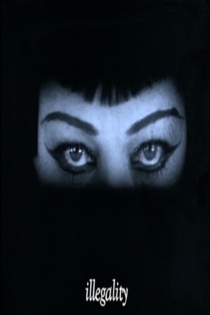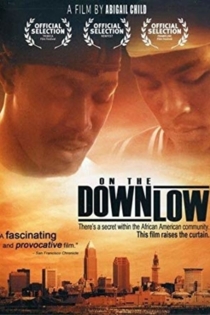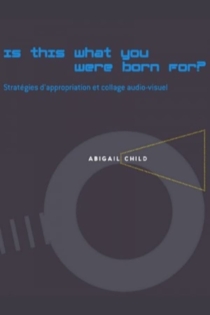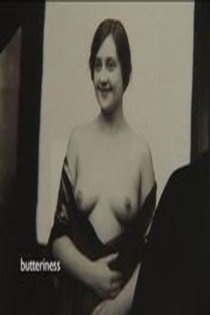
Abigail Child
2021Child has exhibited worldwide, with retrospectives at Anthology Film Archives (NY), the San Francisco Cinematheque, Sala Trevi in Rome, Exis (Korea), and Harvard Cinematheque, and in important showcases such as The Whitney Biennale, the Viennale and MoMA’s Millenium show. Her work is featured at numerous international film festivals, including the New York Film Festival, Rotterdam, Locarno and London Festivals, among others and is in the permanent collections of MOMA, NY, Centre Pompidou, and Arsenal Berlin. Child has received numerous awards and accolades, including the Rome Prize, a Radcliffe Institute Fellowship, Guggenheim Fellow, Fulbright Award and the Stan Brakhage Award. Harvard University Cinematheque has created an Abigail Child Collection dedicated to preserving and exhibiting her work. As a teacher at the School of the Museum of Fine Arts, Boston, Child has been instrumental in building an expansive media and film art program; she has influenced a generation of younger artists. Child is also the author of five books of poetry (A Motive for Mayhem, Scatter Matrix and Artificial Memory among them) and a book of critical writings: THIS IS CALLED MOVING: A Critical Poetics of Film from University of Alabama Press (2005).
B/Side
Abigail Child
B/Side is a poignant and intelligent exploration of the urban homeless, combining sensitive footage of their exterior situation and entering imaginatively into interior deliriums. Framed by footage of the encampment locally known as Dinkinsville on New York's Lower East Side, where some of the homeless of Thompkins Square Park settled after the riots of June 1991, the movie begins with the encampment's first night and ends with the fire and subsequent destruction of the lot in October of the same year. Applying rhythmic construction, poetic license and a generous eye to bodies in poverty, B/side documents beautifully a gritty vision of late 20th century urban life. —Kurzfilmtage - international short film festival Oberhausen
B/Side
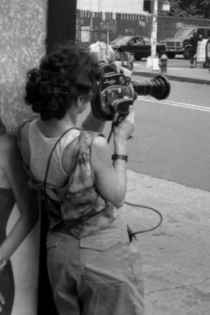
Acts & Intermissions
Abigail Child
Miriam Rocek, Alenka Kraiger
An hour-long collage essay, charging the discussion with her enlightened aesthetic of poetry, the archive, and experimental montage. As the Most Dangerous Woman Alive, Goldman’s life is seen as an ongoing negotiation of revolutionary purity and personal freedom, a complexity that Child mirrors in her own formal strategies. She layers multiple fragments of Emma’s liberatory legacy—from archive, from reenactment and from observational cinema—her speculative play with the revolutionary ideas extending to the present moment of feminist revolt!
Acts and Intermissions
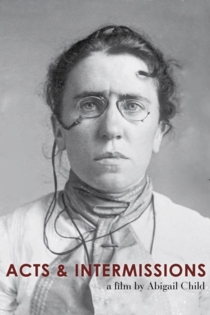
Prefaces
Abigail Child
Prefaces is composed of wild sounds constructed along entropic lines, placed tensely beside bebop rhythms, and a resurfacing narrative cut from a dialogue with poet Hannah Weiner. Child tells us, “The tracks are placed in precise and asynchronous relation to images of workers, the gestures of the marketplace, colonial Africa, and abstractions, to pose questions of social force, gender relations and subordination.” This tape serves as a pre-conscious preface to the parts that follow, whose scope and image bank are more narrowly defined.
Prefaces
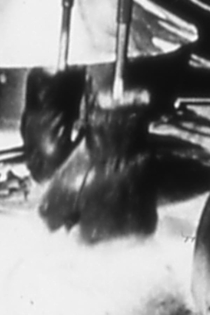
Mayhem
Abigail Child
Diane Torr, Ela Troyano
In 1983, filmmaker and poet Abigail Child cut up old footage from Between Times, a documentary profile of high school girls in Minneapolis which she had produced for WNET/PBS back in 1975. That footage would then be integrated into work of a drastically different kind: The film was called Mutiny which, by its very name, signaled her abandonment of the humanist documentary tradition to which Between Times belonged, to become, in her words, “a prismatic rhythmic pinwheel” born of the artistic and political necessity to radically rethink form. Mutiny, in turn, stood as one of the most densely woven in a series of bold experiments that came to be known as Is This What You Were Born For?
Mayhem

Fucking Different New York
Kristian Petersen, Hedia Maron
Leslie Lowe, Lui Antonius
What do construction workers do in their well-earned breaks? How might Angelina Jolie's and Brad Pitt's relationship have ended? And what really happened between Marilyn Monroe and Joan Crawford during the summer of 1959? The answers to these and many other interesting questions are provided by twelve queer New York filmmakers. Their films also scrutinize such topics as the difference between the way men and women dream, and how erotic tying a necktie or having a manicure can be.
Fucking Different New York
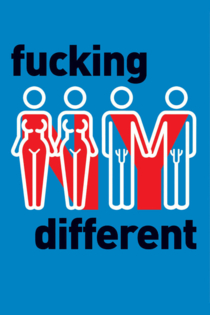
Pacific Far East Line
Abigail Child
A second landscape film, in this case urban. The work constructed from materials gathered over two years looking out at downtown San Francisco from a loft on Folsom Street. The elements are “folded” and mixed, Time redefines Space: the erector and helicopter appear as toys within a schizy motor-oil-ized ballet mechanique.
Pacific Far East Line
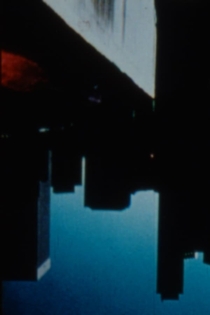
Covert Action
Abigail Child
Covert Action is a stunning melange of rapid-fire retro imagery accomplishing Child’s proclaimed goal to “disarm my movies.” “I wanted to examine the erotic behind the social, and remake those gestures into a dance that would confront their conditioning and, as well, relay the multiple fictions the footage suggests (the ‘facts’ forever obscured in the fragments left us). The result is a narrative developed by its periphery, a story like rumor: impossible to trace, disturbing, explosive.”
Covert Action
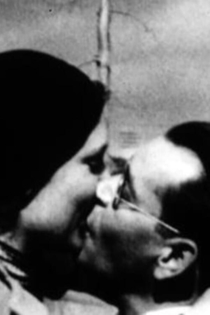
Origin of the Species
Abigail Child
Origin of the Species is an experimental documentary that explores the current climate of android development with a focus on human/machine relations, gender and the ethical implications of this research. The film provides an insider look into cutting edge laboratories in Japan and the USA where scientists attempt to make robots move, speak and look human. These scientists and their discoveries are contextualized with cinematic and pop culture references, to underline the mythic, comic and uncanny aspects of our aspiration to create machines that are eerily similar to ourselves.
Origin of the Species

BLUE EDIT
Abigail Child
A cinematic reflection focused on the quotidian, with unexpected sound/image juxtapositions and bristling space/time vortices made cognizant through editing. The film was begun in a "blue" moment a year ago, returned to during the Covid19 pandemic and lockdown in New York City. It's pace, melancholy, and concentration on the everyday, rather than the grandiose, seem particularly suited to this moment in history. As well it returns again and again to themes of mortality and goodbye. The result is allusive and idiosyncratic, exhibiting cross-national globalism within and through the adjacencies of form and content.
BLUE EDIT

Swamp
Abigail Child
George Kuchar, Kevin Killian
Swamp uses the soap opera format to play with the structure and expectations of the family melodrama. Following the melodramatic format that "if it can happen, it will happen," coincidence and unlikely events abound in a gleeful send-up of lurid intrigue, threatened morality, and endless double-crosses. With looped and repeated edits, fast-paced action, and aggressively funky video effects, Child layers on artifice and excess in an overdone remake of the TV serial.
Swamp

